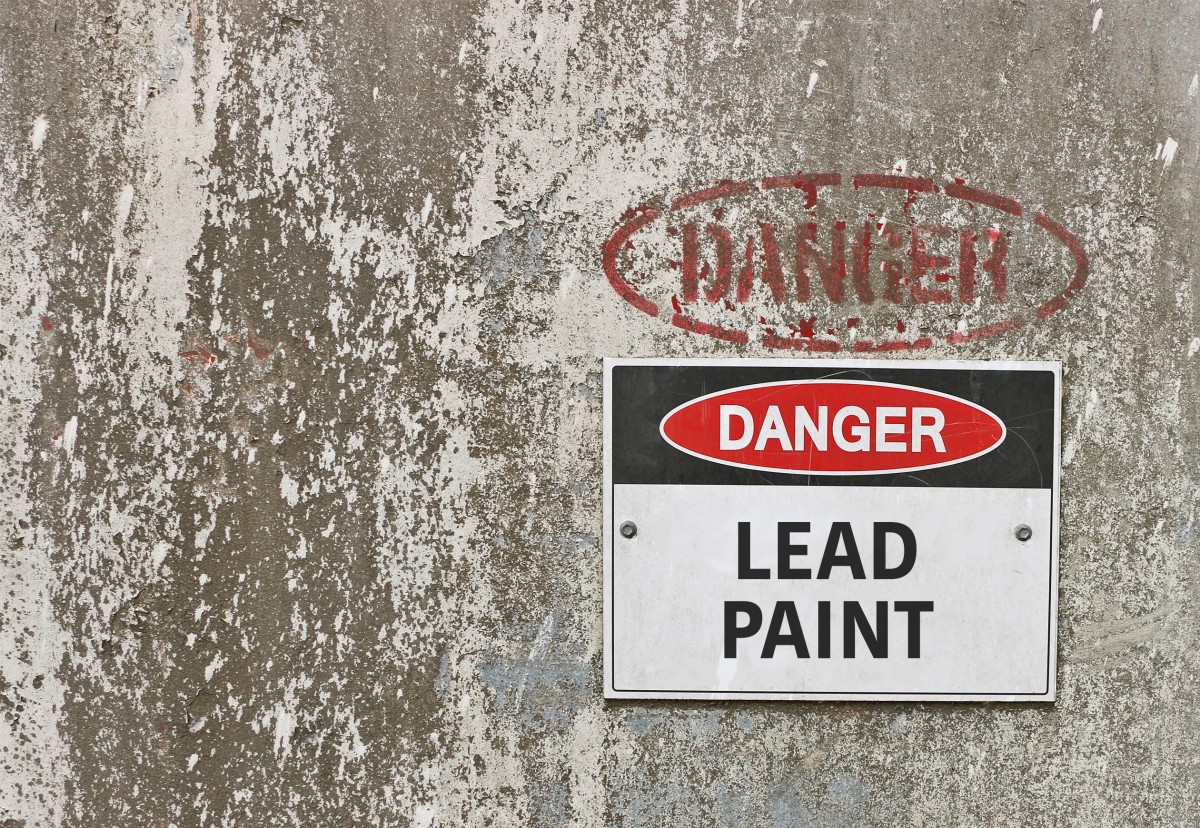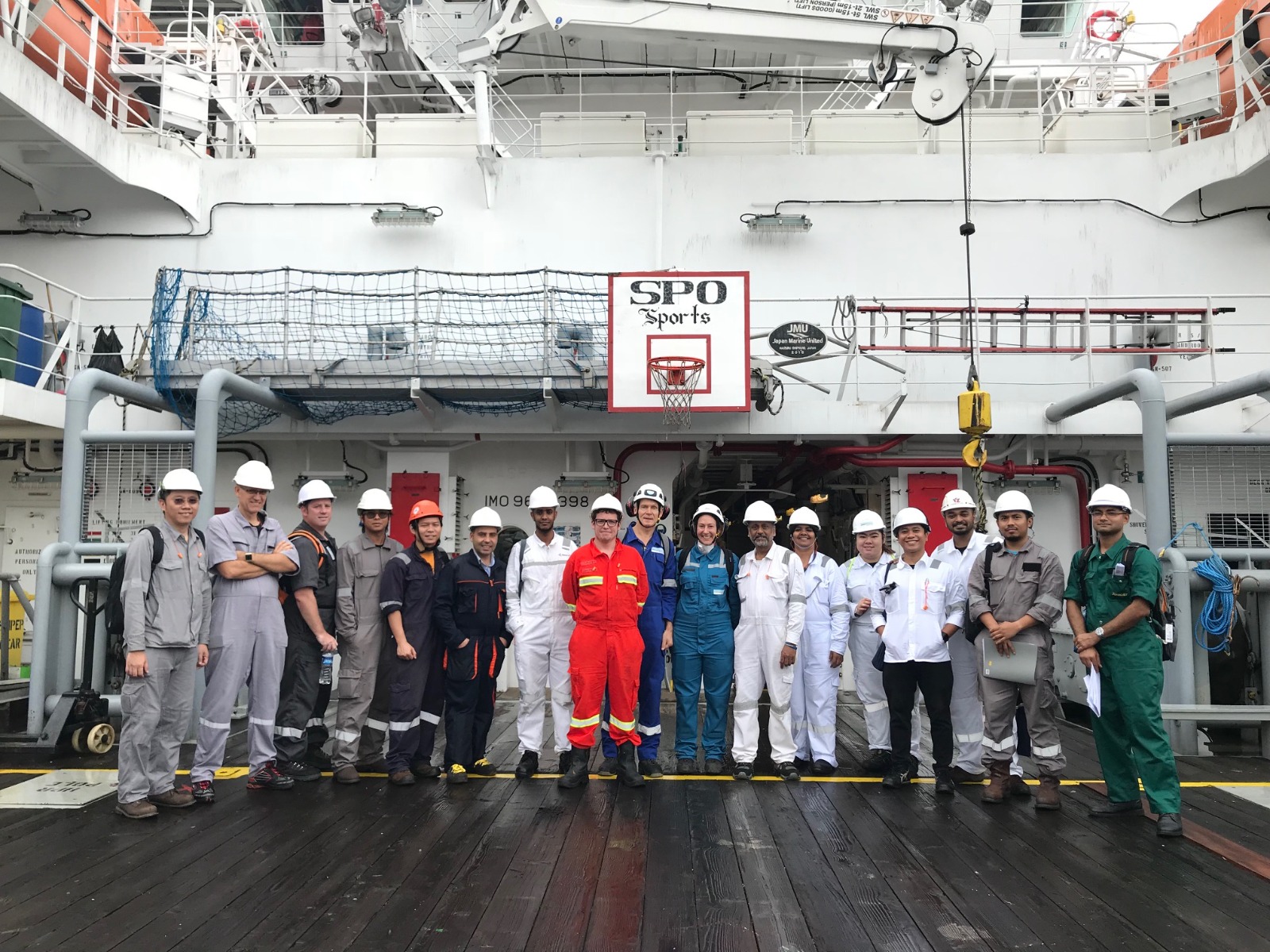
Inventory of Hazardous Materials

It is common to see the presence of hazardous materials on ships which are unlikely to be eradicated, as they are necessary for the construction and maintenance of a ship and/or other seaworthy vessels.
Asbestos is one of the most common materials used which is found in the walls and doors of an engine room because of its insulation and fire-resistant properties, however, it is also one of the most extremely hazardous materials.
When Asbestos is damaged and/or broken, it can, if inhaled, lead to fatal diseases. In addition, long-term exposure to heavy metals like lead or mercury (which can be found in paints, batteries, etc) can also cause irreversible damage.
As more becomes known and awareness increases in response to safety and environmental concerns regarding hazardous materials, various efforts have been initiated by Government Authorities to regulate the inventory and management of hazardous materials throughout its lifecycle.
Since the adoption of the EU Ship Recycling Regulation (EU SRR) at the Hong Kong Convention for the Safe and Environmentally Sound Recycling of Ships, It is important that ships comply so as not to cause any major concerns for their business when entering ports.

Who is responsible for IHM compliance?
The EU Ship Recycling Regulation (EU SRR) aims to reduce the negative impacts linked to the recycling of ships by ensuring that proper vessel dismantling methods are used to achieve safe disposal or recycling of all ship components, including hazardous materials.
IHM documentation is crucial, as it stays with the ship throughout its operational lifetime. Keeping information up to date is important not only to demonstrate compliance but to minimize the risk and potential liability of the crew and ship. It is important to note that to become IHM compliant can take up to 3 months.
It is significantly easier for new ships to comply with the Regulations. During the build of a ship, suppliers at all levels, are now required to provide a Declaration of Conformity (DoC) and a Material Declaration (MD), which provides information about the location and quantity of hazardous materials used. The shipyard is then responsible for compiling the information into the IHM for each ship.
Existing ships
Creating an IHM for existing ships can be a time consuming and difficult process and requires a great deal of care and accuracy. It should be prepared by the shipowner with the cooperation and help of IHM professionals. Among others, this involves:
- going through the manuals and drawings of machinery and parts
- tracking repairs and modifications throughout the life of the vessel
- checking the procurement and consumption history of supplies
- preparation and review of the Visual Sampling Check Plan (VSCP), and
- testing and analysis of samples.
As the new regulations are already in force, any new ships built are already required to comply with the IHM. As for other ships, it is recommended that shipyards start adopting this process now.
